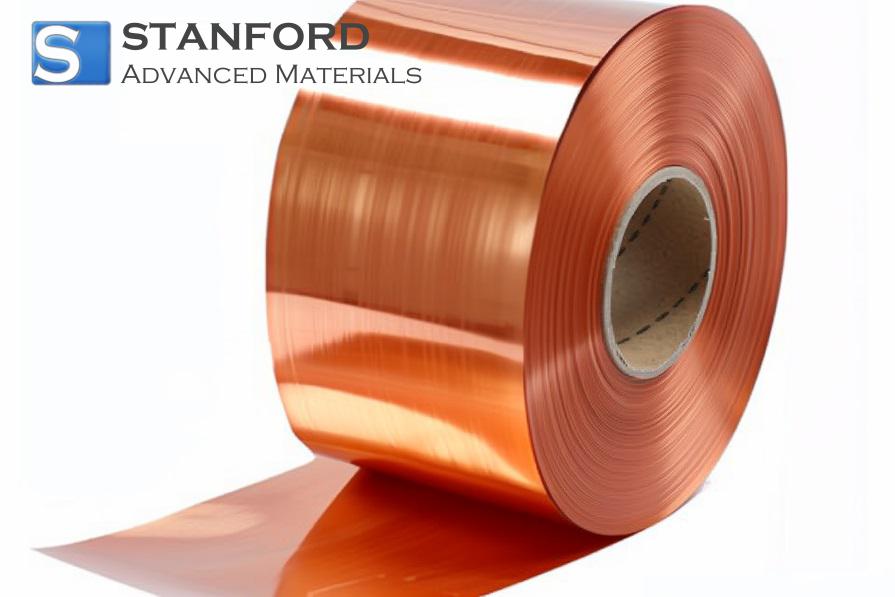Implementation Of Nanotechnology In Energy Storage
According to energy sector researchers, nanotechnology could provide several advantages for the sector, particularly regarding energy storage and the solar power industry. The technology offers economic benefits such as lower production costs and improved material efficiency, both of which hold significant value for the energy sector. Nanotechnology may reduce the cost of solar cells, increase battery capacity, and extend the lifespan of batteries or solar cells.
Nanotechnology has increased the generation of light energy in both organic and crystalline solar cells. The manufacturing process now uses materials efficiently and reduces costs. In lithium-ion batteries, the use of nanomaterials increases energy storage capacity. Since the 1990s, battery technology has experienced minimal growth. Nanotechnology is expected to address this need given that demand for better energy storage increases in the automotive and telecommunications industries.
Estimates indicate that the use of fossil fuels for electricity generation will decline to 75% by 2035. This projection demonstrates the increasing importance of renewable energy for global electricity generation. Solar cells and other key technologies require further development. Nanotechnology provides several solutions for the constraints associated with these technologies. Nanotechnology could enable access to a practical energy source. Most researchers assert that nanotechnology has substantial unutilised potential, particularly in improving current renewable energy systems.
Other achievements of nanotechnology in the energy sector include hydrogen storage for fuel cell vehicles, high-efficiency light bulbs, and improved electricity generation from wind turbines. They also include reduced friction in mechanical components, electricity generation from waste heat, decreased transmission losses, and energy storage on fabric and paper. Energy storage remains one of the major weaknesses of current technologies. Nanotechnology offers improved methods for electricity generation and storage. It could function as the required component for improved energy generation and storage.

 Bars
Bars
 Beads & Spheres
Beads & Spheres
 Bolts & Nuts
Bolts & Nuts
 Crucibles
Crucibles
 Discs
Discs
 Fibers & Fabrics
Fibers & Fabrics
 Films
Films
 Flake
Flake
 Foams
Foams
 Foil
Foil
 Granules
Granules
 Honeycombs
Honeycombs
 Ink
Ink
 Laminate
Laminate
 Lumps
Lumps
 Meshes
Meshes
 Metallised Film
Metallised Film
 Plate
Plate
 Powders
Powders
 Rod
Rod
 Sheets
Sheets
 Single Crystals
Single Crystals
 Sputtering Target
Sputtering Target
 Tubes
Tubes
 Washer
Washer
 Wires
Wires
 Converters & Calculators
Converters & Calculators
 Write for Us
Write for Us

 Chin Trento
Chin Trento



